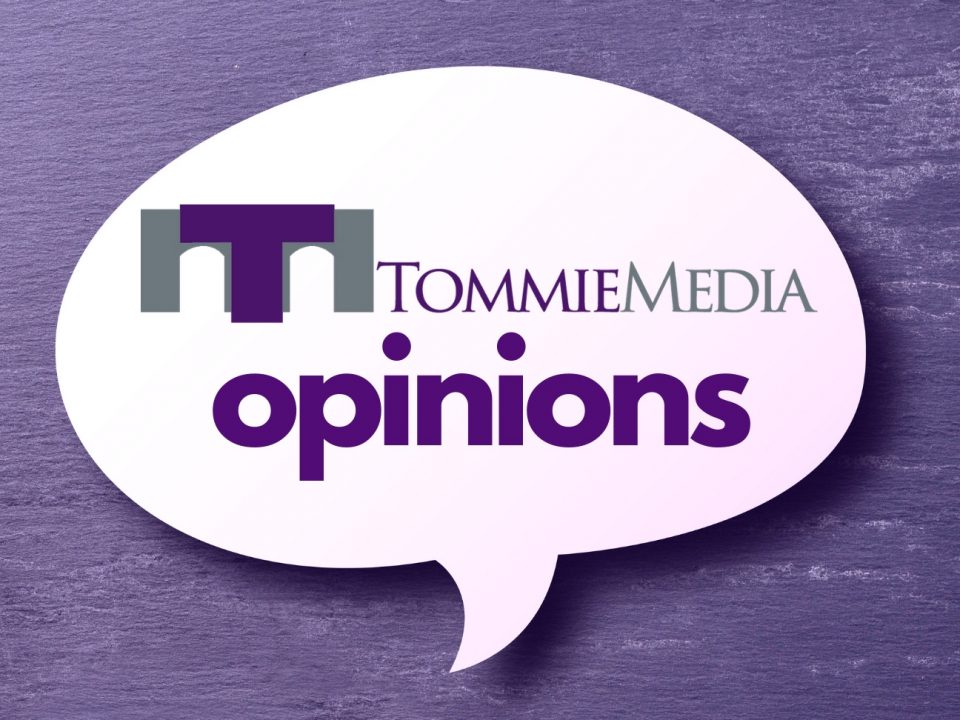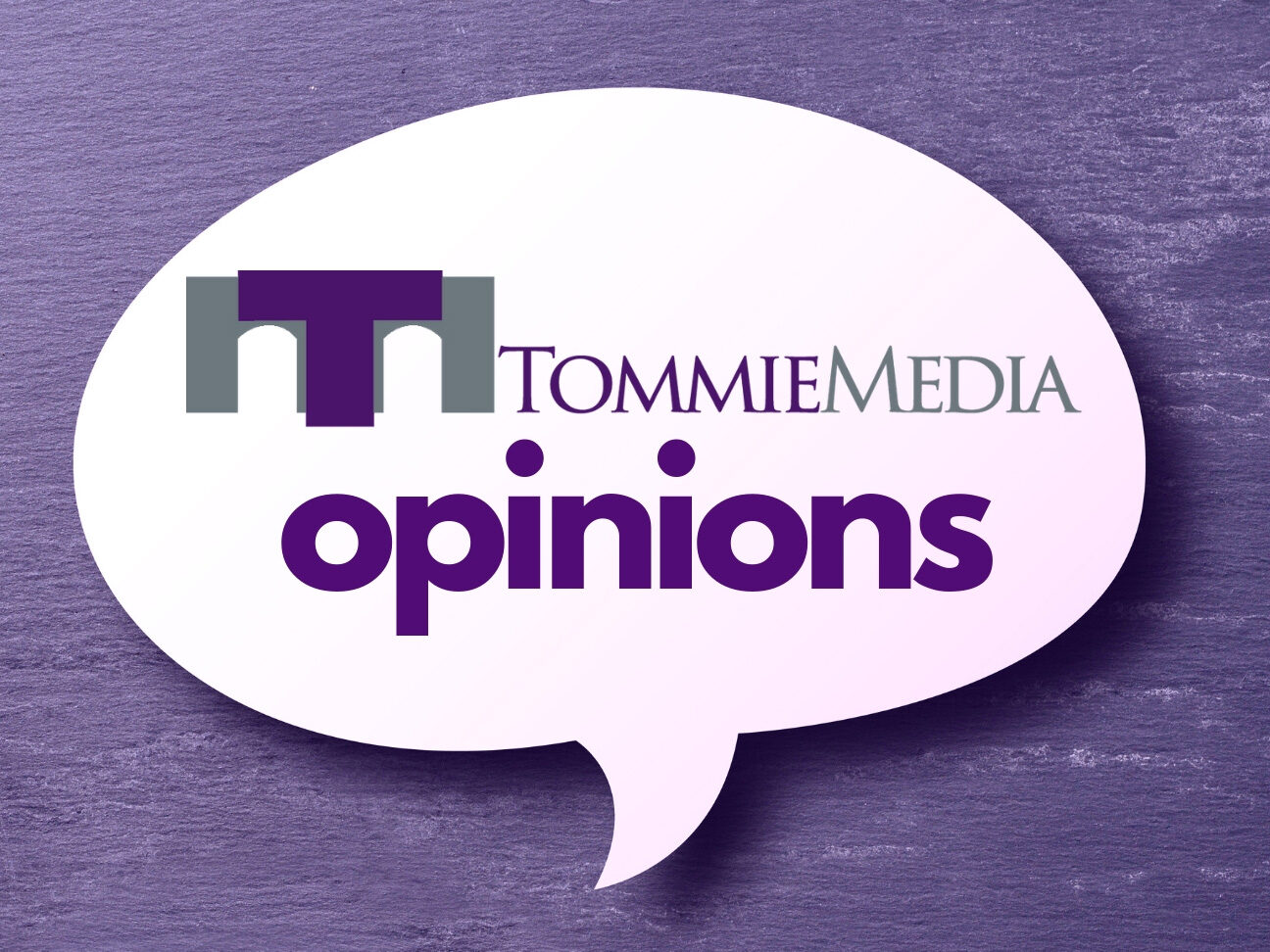
Many people are starting to “feel the bern” as Sen. Bernie Sanders maintains momentum in the first steps of the democratic primary election. This has prompted many to ask, “Does Sanders finally stand a chance to be president?” The answer is most likely not.
Political issues in the United States and Europe, such as immigration and international trade, have recently split the electorate into two sides. While this split might be ideological, the approach that both sides use, populism, is the same.
It’s common for politicians to appeal to the people based on their disconnect with the elites, playing into the idea that the concerns of ordinary citizens are disregarded by the establishment. Despite politicians on both sides using populism, however, the right has often succeeded over the left.
Besides the U.S., countries like Hungary, Poland, France and the United Kingdom are perfect examples of the current rise of right-wing populism. Oddly, both the right and the left use populism as an “us vs. them” rhetoric, so why is the right more successful?
The difference is in the values each side targets, and how people respond to them. Left-wing populism is fueled by the division of the social classes, resulting in socialism. Right-wing populism is powered by the division of identities, sparking nationalism.
The focus on nationalism for issues like immigration and foreign trade is precisely why the right is so effective in mass mobilization. In the current socio-political and economic state of the Western world, the differences between ethnicities are much more visible than those between social classes, which makes blaming foreigners so effective.
President Donald Trump and U.K. Prime Minister Boris Johnson are great examples of this approach. Both leaders were elected thanks, in part, to the contempt toward illegal immigrants and refugees and the desire to have a more independent economy. On the other hand, self-described democratic socialist Bernie Sanders (who is actually a social democrat) focuses on seeking free college, fighting the top 1% and making Medicare available for all.
On the other hand, the left’s approach to populism is ineffective against its counterpart. While some countries like Denmark and Norway lean comfortably to the left, left-wing populism in the form of social democracy (a democracy with socialist values in a capitalist context) and democratic socialism (socialism obtained through democratic means) has struggled to find its footing in the U.S.
In previous decades, the left saw its most prominent times during an economic crisis, and inequality was obvious enough to demand a reaction. This allowed more radical socialist revolutions to take place, such as the Bolshevik revolution.
Today, however, income inequality and poverty are not nearly as pressing as they once were, and the middle class is too large for class differences to be a central issue in an election. These circumstances have forced the West’s left to resort to a moderate approach, one that has insufficient momentum and emotion to mobilize the public like it used to. At the end of the day, the American left’s problem is not that it’s too moderate to appeal to the extremes, but it’s too extreme to appeal to moderates.
However, Sanders’ recent performance in the primaries might prove otherwise. After all, support for socialism is consistently increasing among younger generations, generations that outvoted baby boomers in 2016.
So what does this mean for Sanders? And more importantly, for this year’s election?
Unfortunately for Sanders, his populist strategy is not as effective as Trump’s. Besides, the U.S. has never been a socialist country, and it probably won’t become one any time soon. The challenge doesn’t end there, however, since the word “socialism” alone is enough to alarm half of the electorate, something of which Trump will likely take advantage.
This means that Sanders must adjust his rhetoric towards more mainstream ideas to appeal to moderate voters once the primaries end. Otherwise, his momentum will most likely wane. This leaves the Democratic party with candidates such as Buttigieg, Klobuchar, Bloomberg and Biden, none of which stand a real chance against Trump.
Klobuchar might be pragmatic, but at this stage of the primaries, she still hasn’t established a prominent-enough presence as a top contender. Biden’s experience as the vice-president might establish enough credibility later on, but so far, he’s fallen far behind Sanders in the polls. Bloomberg might be able to afford his own advertising, but his platform is as profound as his slogan. And Buttigieg… well, Biden said it all on his latest attack ad.
To put it simply, neither of these candidates has a strong enough rhetoric to match Trump’s masterfully eloquent, “they took ‘er jerbs!”
If the Democratic party does not find a moderate candidate with strong rhetoric, and if Sanders fails to keep his momentum in the polls, Trump will most likely be reelected, proving that the right is benefiting more from left-wing populism than the left itself.
Gustavo Gutierrez can be reached at guti6327@stthomas.edu.



